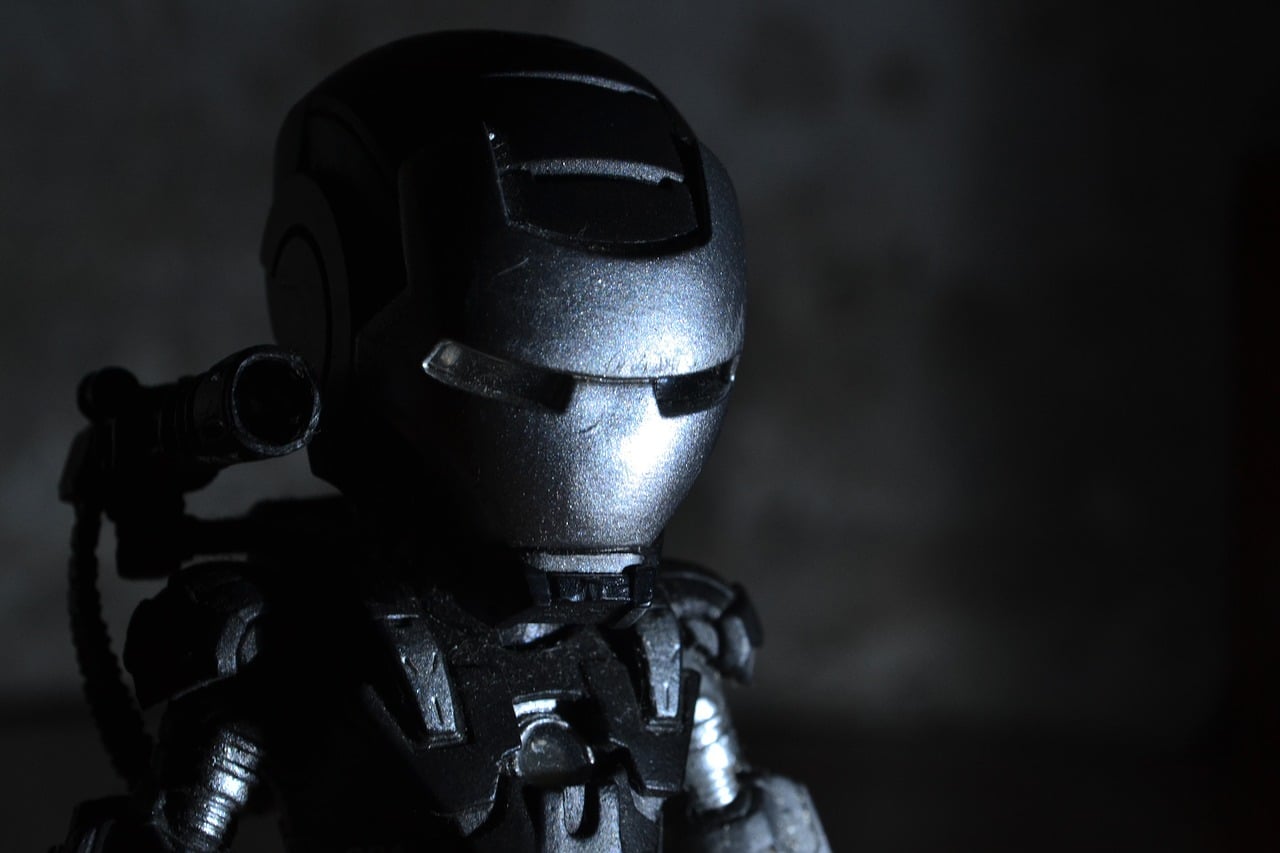As artificial intelligence gets more and more advanced, it’s only natural that people in all walks of life will begin to consider how the technology will change the future. While Elon Musk and others sound the alarm on military AI, the U.S. Army is considering the possibility of using a twist on the so-called “Internet of Things”: the Internet of Battle Things.
Considering the Internet of Battle Things
Dr. Alexander Kott of the U.S. Army Research Laboratory wrote a paper about the Internet of Battle Things (which was spotted by The Next Web). As you would expect from the name, it’s a collection of military AI systems which have been networked together and “operate with varying degrees of autonomy.” Just the idea of weapons becoming autonomous and equipped with AI is a chilling one, as even if the robots don’t outright revolt against humanity and turn against us, the chances of a glitch triggering a world war become much higher.
According to Kott, the Internet of Battle Things will be made up of weapons and military equipment that’s very similar to what is used on the battlefield today, including drones, guided missiles and “unattended ground sensors.” He envisions a variety of different types and sizes of drones equipped with military AI technology, ranging from tiny sensors the size of insects to large vehicles capable of carrying supplies and troops. He added that some of these drones will fly, while others will walk, crawl or even ride.
He also sees actual robots fighting on the battlefield—”disembodied, cyber robots,” to be precise, living inside computers and networks and moving in cyberspace.
Still a long way away from usable military AI
According to the paper, the U.S. Army has been investigating military AI technology since at least 2002, when another paper was written on the topic. However, just about the only good news from Kott’s paper is that we still seem to be many years away from the Internet of Battle Things he envisions. He notes that the current state of artificial intelligence is just not advanced enough to be able to do the things it will have to be able to do in order to become “useful team-mates” for humans rather than just “tools.”
He also outlined the types of advances that must be made in machine learning and military AI before it can be useful on the battlefield. For example, he explained that it will be necessary for military AI to learn from a “very small number of samples” because the battlefield is constantly in flux, with tactics and situations changing constantly. He also noted that running the Internet of Battle Things will likely take quite a lot of electricity, given that running artificial intelligence of any kind requires some serious computing and electrical resources. This means that hardware advances will also be needed before it becomes realistic to have an Internet of Battle Things.
Worryingly, he didn’t consider the possibility that military AI could glitch and/ or rise up against its creators. If the technology is going to have to learn from such a very small number of sample situations, it seems like the window for such problems would be wide open.





